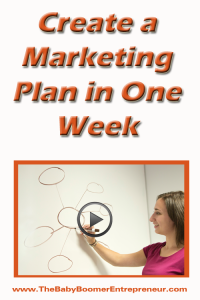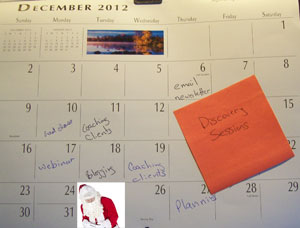Marketing is a numbers game. No matter how closely you target your ideal client, a large number of the people you hit with your marketing won’t buy right now. They don’t need your service or just don’t want it from you.
It’s nothing personal – just a fact of life when you’re in business. To build a thriving business, you need to work the numbers – aim for enough “no’s” and the yeses will take care of themselves.
W Whether you are an established entrepreneur or are just starting out, you can effectively market your business without breaking the bank. In fact, whether your marketing budget is $100 or $100,000, these low-cost marketing strategies need to be part of your overall marketing plan.
P Part I – The Lowly Business Card
The first thing everyone does when starting a business is get business cards. They print 500 or 1000, put a handful in their briefcase and the rest sit in the office gathering dust.
Business cards do you no good sitting in the box they came in! They’re cheap – don’t hoard them. Get rid of them as fast possible. Put them in your wallet, your purse, your gym bag, the glove compartment of your car. Don’t leave home without them.
Everyone you meet – exchange business cards. At a meeting, waiting for an elevator, in the grocery store. Don’t just force them on people willy nilly. But any time there’s an opportunity to tell someone what you do, pass along a business card as well.
And don’t just wait for in-person meetings. When you mail a letter, stick in a business card. Sending a thank you note? Include a card. Sending an invoice? You got it – send a business card.
Now what happens to these business cards you hand out? Usually one of two things: If the receiver is a pack rat, it will get tossed in a pile somewhere in their office, “just in case”. For neater types, business cards get tossed into the garbage at the earliest convenience.
Why give out business cards if they are doomed to oblivion? It comes down to return on investment. What if just one person out of 1000 keeps your card, calls you up and becomes a customer? How much is that worth to you – over the next year, over a lifetime?
Look at it this way; if your average customer spends $1,000 in a year and stays a customer for three years, the lifetime value of a customer is $3,000. That’s not a bad return on a $100 investment. And odds are, you will get more than one new customer out of a thousand business cards.
But that’s not the only reason to hand out business cards. When you give out a business card, you get one back in return. With one little exchange you have your prospect’s phone number, email, and address. Don’t make the mistake of throwing it out or turning it into a dust magnet on your desk. Use this information – wisely.
When you meet someone new jot notes on the back of their business card – important details about this person and your conversation. Don’t forget the date and place you met.
As soon as possible, send this person a brief note or email. “It was nice meeting you the other day.” Then comment about something you discussed. Or even better, send some useful information. If they mentioned a hobby, an article or website link about that hobby would be appropriate. Try news about their industry. It doesn’t really matter exactly what you send. The goal is to remind them who you are and to make a connection – a personal connection.
Whatever you do, don’t send your brochure – unless they asked for it. The purpose at this stage is to start the relationship. Remember, people prefer to do business with people they know, like and trust. You just met – you’re practically strangers.
There’s a saying: “They don’t care how much you know until they know how much you care.” By following up a meeting with a note and some useful information you are showing that you care – you’re not just in it for the sale. You are trying to make a real connection.
And don’t worry. When the time is right, you will have the opportunity to talk about your business. And when you do, you won’t be making a sales pitch to a suspicious stranger – you’ll be talking to a friend.
Come back tomorrow for Part 2 of Ten Ways to Market Your Business For Under $100 when I’ll introduce you to the Three Foot Rule. I’ll also talk about putting together an elevator speech, which is really a more formal way to implement the Three Foot Rule.
Andrea J. Stenberg






